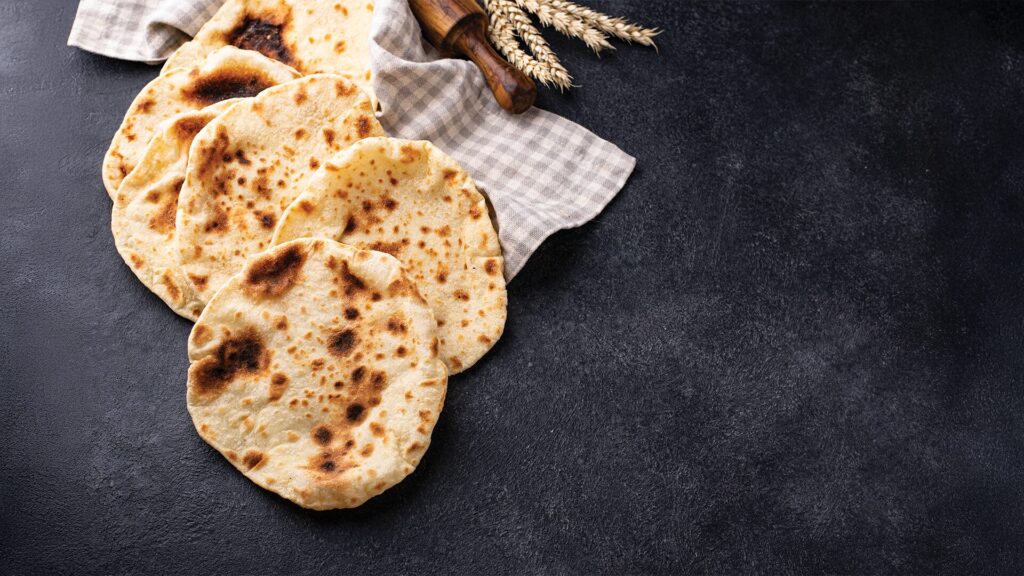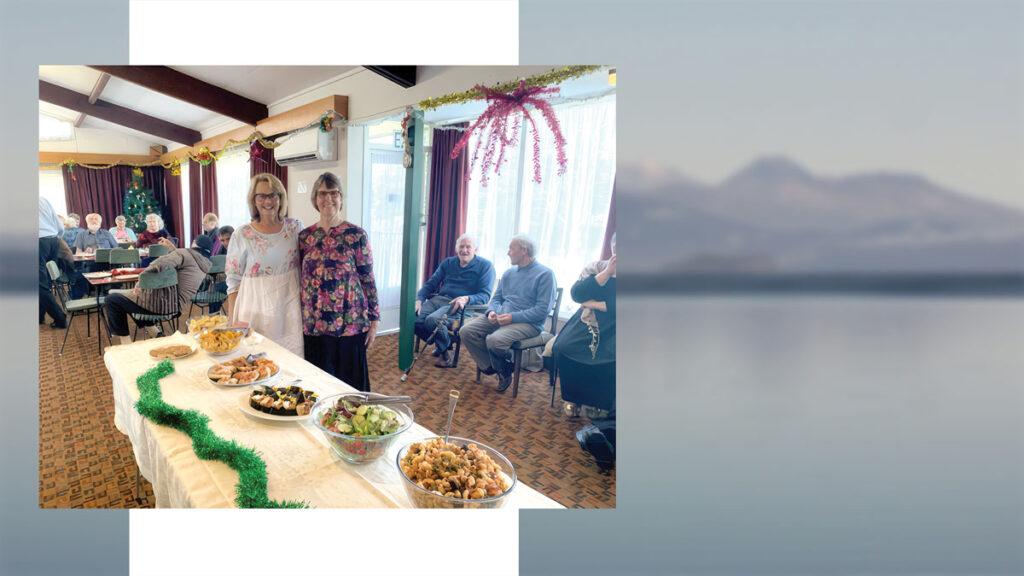One billion. That is how many eggs are produced in New Zealand every year. Think about it for a moment. That is an awful lot of eggs! But we need them because every year New Zealanders use on average 237 eggs per person. Do the math—that is over a billion eggs and without them, there would be no pavlovas, no pastries, and no eggs on toast for brekkie. But there is something truly contradictory in every egg.
Eggs have two conflicting properties. Firstly, they must be strong enough to be sat on. Secondly, they must be weak enough for a tiny chick to be able to peck through. How do you make something strong and weak, all at the same time? Just as the massive cathedrals of Europe hold immense weight with delicate stone arches, so the egg uses curvature to distribute weight and create strength.
As a result, the humble chicken egg can withstand 100 pounds of compressive pressure. It is almost like a Great Engineer figured out the problem, in the most elegant way imaginable.
So, go ahead, grab an egg, hold it end to end and then push as hard as you can with your fingers or in the palm of your hands. You will see—it is not that easy to break it using compressive pressure. Oh, before you try just remember that when you do this, be ready for a very big mess in the unlikely event you succeed!
At this time of year, it would be fair to say that it is not chicken, ostrich, duck, quail or even kiwi eggs that we have on our minds—it is the big, sweet, delightful, tasty chocolatey type . . . the Easter egg!
Hollow chocolate Easter eggs were first invented by the Fry family, who were Quaker chocolate makers in Bristol, England. As it turns out, another Quaker chocolate maker in Birmingham, called Cadbury—you may have heard of them—also got into the Easter egg business around the same time!
Quakers seemed to like their Easter eggs, but the question is: Should we? Do these sweet treats come with the bitter taste of compromise?
Before we decide on that question, it is worth knowing a little about the origins of Easter eggs, especially before the Quakers in England created the sweet variety. People have been decorating eggs for thousands of years—well before the Quakers and even before Christ was born. Ancient decorated ostrich eggs have been found in Africa, for example, and it is believed the first Easter eggs were actually repurposed by Christians from an ancient Persian custom. Christians painted eggs red to signify the blood of Christ and began exchanging them to remember the resurrection and the new life it promises inside.
Like chicken eggs have two conflicting properties, Easter eggs seem to have two conflicting meanings. Their origins pre-date Christianity but their meaning is associated with new life in Christ. Can those two ideas exist simultaneously? Important question—so maybe a place to begin is looking at biblical symbols.
There is virtually no symbol used in the Bible that is not used somewhere else in pagan cultures. Sacrificing animals in Old Testament? Well, pagans did that. Using nature as religious metaphors—from animals to wheat? Also used by pagans. Religious hymns and songs? They predate Christianity by thousands of years.
If we held to a rule that Christians cannot use shapes and symbols others have used, there is almost nothing we can touch and no way we can worship the way we do today.
As Solomon so wisely put it about a thousand years before Christ, “there is nothing new under the Sun.” If there is nothing new, anything we use must have been used by someone else before us. However, logic is not enough to answer this question. We need to take our direction from the life of Christ. Are there any examples there, we can learn from?
Well, as a matter of fact, there may just be. Did you know that Jesus used a folk tale to make a very important point? The story is found in the gospel of Luke, chapter 16, and is commonly called the “Rich man and Lazarus.”
Most experts agree that this story is not literal, but rather it is based on common stories and ideas that mixed Greek, Jewish and possibly Egyptian ideas together.1 Some scholars believe the story is a derivation of Jewish stories originating in Si-Osiris, an Egyptian folk tale.2 Whatever the precise origin, the story is not based on Old Testament ideas, but rather on common cultural expressions that Jesus employed to explain eternal truths. But why repurpose common stories and ideas? Could it be that through using the cultural frameworks of the day, Jesus could better reach the hearts of the people of that day?
I think those of us who follow Jesus, should do the same thing. We need to talk with people today in the culture they live in. This brings me back to Bristol’s Quaker chocolatiers’ ingenious reworking of Easter eggs. It is easy to see chocolate eggs, hot cross buns and all the other trappings of Easter as just distractions. And sure, they can be. Or we can also view them as a common cultural language that we can use to highlight the biggest story in human history —that during the Passover, around this time of year, Jesus Christ was crucified and died.
He rested in the grave on the Sabbath. He rose from the dead, on Sunday. And through His death and resurrection, we have the promise of a new life.
This Easter season, I hope all of us will use this cultural moment to draw everyone we know to Jesus. Because Easter is not about eggs, buns or bunnies. The great news is that Easter is about the hope we have in Christ, a hope all of New Zealand, and indeed all of us around the South Pacific, can share.
1 <sdanet.org/atissue/books/qod/q43.htm>.
2 <en.wikipedia.org/wiki/Rich_man_and_Lazarus>.
This article originally appeared in the first quarter Hope Channel New Zealand newsletter, Newslink.
Ole Pedersen is Hope Channel New Zealand General Manager.






